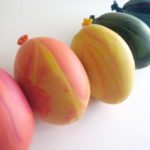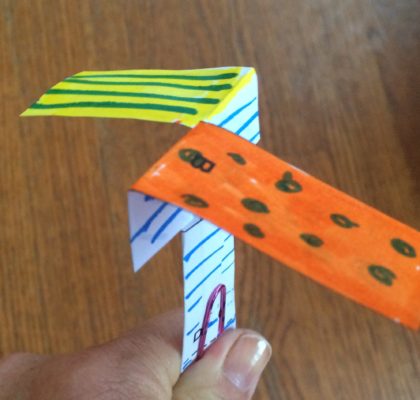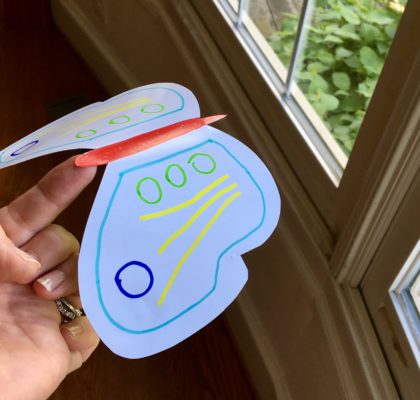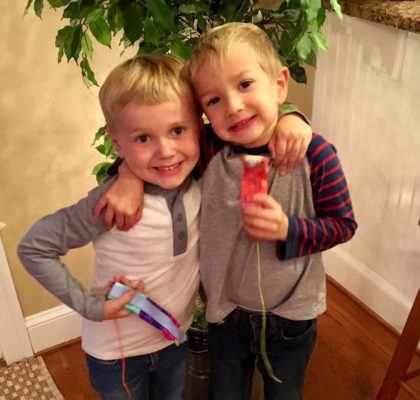
Make “Penguin Eggs” (or Stress Balls)
In this activity, kids make and play with a penguin egg craft while learning about fascinating penguin behavior.
After a mother penguin lays her egg, the father penguin steps in to care for the egg throughout the long, cold winter while the mother heads off to feed in the ocean. The father must balance the egg on his feet all winter long, and keep it covered by the brood pouch -- a very warm layer of feathered skin that keeps the egg safe and warm. If the egg fell out of the brood pouch, it could freeze in as little as 2 minutes! The father takes care of the egg for about 65 days, through temperatures as low as -60 degrees F -- and he does not eat the whole time! To survive the bitter cold, the father penguins use a team strategy: they huddle together in big groups, and take turns moving to the inside of the group where they can warm up and be protected from the cold wind.
In the spring, when the chick finally hatches, the mother returns with food while the father goes off to take his turn feeding in the ocean.
Only a few animals can survive the cold temperatures of the Antarctic. Most creatures survive by living in the ocean -- such as whales, seals, squid, and octopi. The penguin is the only animal that can survive the Antarctic winter on land! Antarctica is a land mass at the very bottom of the Earth; this is also where the South Pole is located.
Other fun penguin facts:
Penguins only live in the Southern Hemisphere -- and polar bears only live in the Northern Hemisphere. So all those cute cartoon pictures you've seen of penguins and polar bears together are completely wrong; the only place you will ever see those two animals close to each other is in a zoo!
Penguins have a thick layer of blubber (fat) on their bodies that keeps them warm in the bitter cold.
Penguins are one of the few birds that cannot fly. About 99% of all birds can fly – but about 40 species can’t. To fly, a bird needs to have the right combination of feathers, wing size, body size and shape, and tail. A few birds just don’t have the right combination of things to fly!
Materials
- Round balloon - 1 per student
- Sand - 1/2 cup per student
- Cup - 1 of this item per student
- Wide-mouth funnel - 1 of this item per student
Instructions
Pour the sand into a cup.
Place the funnel into the opening of the balloon.
Slowly pour the sand out the cup, through the funnel and into the balloon. When finished, tie the balloon. Voila! You have a penguin egg to care for. (Or a stress ball to play with!)
Place your penguin egg on your feet and practice "waddling" around without dropping the egg.
If you are working with a larger group of kids, you could have a waddling-with-egg race, or pretend to be a group of penguins rotating in and out to survive the antarctic cold.
Have the children put their feet together and waddle around like a penguin, then have the children put the egg on top of their feet and try waddling again. Add a rubber band to help hold the egg on.
Play this wonderful educational song about penguins while the kids waddle around: https://www.youtube.com/watch?v=Lt2C9KDmFf0










